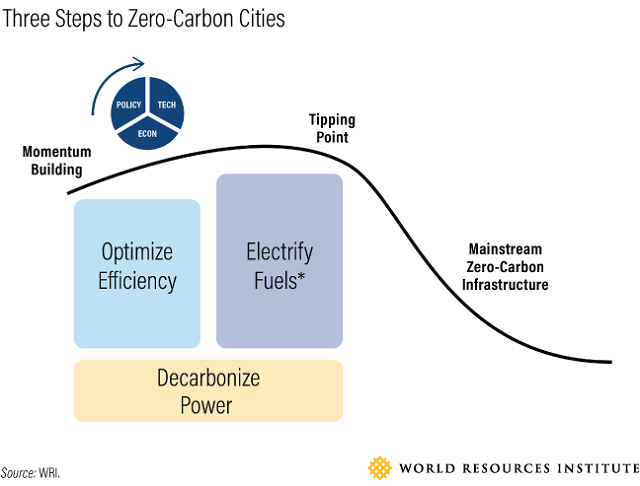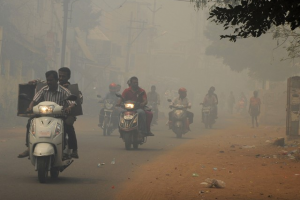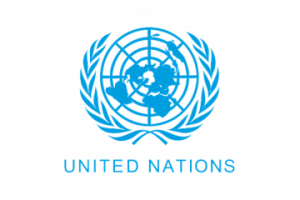Optimize, Electrify, Decarbonize – WRI approach to Urban Efficiency and Climate
Author: Mobin Varghese Thomas
Reference: WRI
The estimates of growth in the world are shown to be at an increasing rate. Recent studies estimate that about 70% of the world’s population will live in cities by 2030. Urban structures like buildings consume nearly 40% of the entire global energy and are responsible for a major share of greenhouse gas emissions. It is also studied that transport emissions are responsible for a quarter of greenhouse gas emissions and is estimated to reach 40% in the near future.
This alarming rate of growth throws light into the need for greener buildings, transport and energy systems. Adapting to the greener means ensuring the reduction of greenhouse gas emissions, operating costs and resource demand. This shift can also help in improving the general health of the population, productivity and resilience.
The decisions and plans the world leaders take today regarding energy and climate issues will shape the world for future generations. Urban Efficiency and Climate, being a workstream of WRI Ross Center for Sustainable Cities, provides a framework of “Optimize, Electrify, Decarbonize”, which encourages cities to concentrate on three steps for enhancing urban development and climate change.
- Optimize efficiency to blunt the overall need for energy
- Decarbonize the power sector to cut emissions and air pollution
- Electrify fuels, that can help transform the transport system
The need for public-private collaboration is a necessity that can help in connecting the global network of urban structures to technical expertise to promote and accelerate the government implementation of building efficiency related policies and programs. WRI also conducts research and studies to analyze the various dimensions of urban developments, thus helping the various decision-makers to streamline their policies based on such studies and outputs. These efforts can help in building and promoting greener and sustainable structures for a better future.
Reference and Image credit: World Resources Center (WRI)














Add Comment